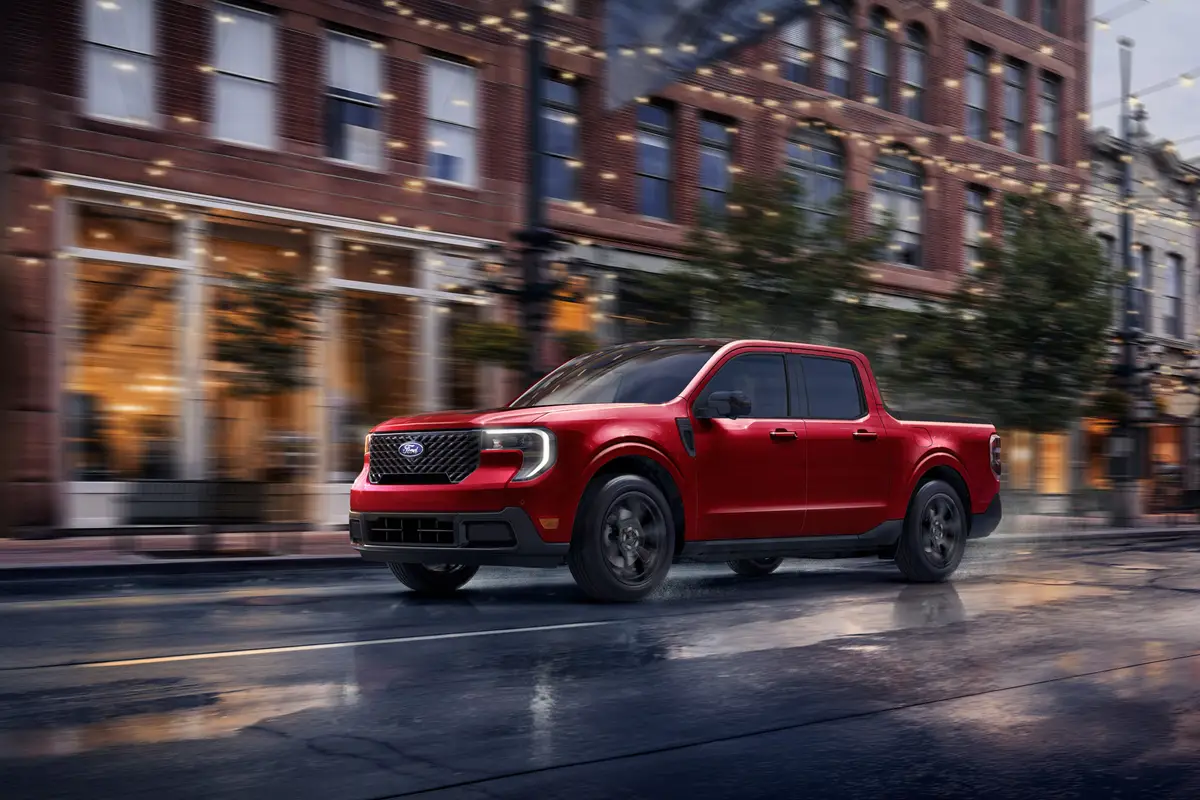washingtonpost.com's view
The girls at St. Mary’s Academy wore their skirts slightly above their knees. They weren’t supposed to. But it was their way of showing that Catholic schoolgirls in New Orleans have sex appeal.
I was thinking about them while driving the 2001 Volvo S60 T5 sedan. Volvo is a pleated-skirt car company if ever there was one. But it has been trying to cultivate a hotter image.
The reason is as old as sin. Sex sells. High skirts get dates. Hot cars get sales.
Volvo executives, of course, would rather discuss their strategy in less graphic terms. They talk about “demographic changes” and the “new buyer” and “core constituency.”
In other words: Volvo’s historically boxy designs, represented by cars such as the 240DL and S70 sedans, don’t sell anymore. The buyers who bought those models are outnumbered by new buyers who prefer cars such as the Audi A4, Lexus IS 300 and BMW 330i — visually appealing, high-performance cars designed for people who love to drive.
But Volvo’s problem is the same as it was for those girls of St. Mary’s in the early 1960s: How can you be sexy without losing your virtue? This is what Volvo executives mean when they talk about “core constituency” and “core values.”
Core constituents are those buyers who always bought Volvos because they believed Volvos were the safest and most reliable cars in the world. Thus, safety and reliability always were core values at Volvo. But, until recently, design and performance were afterthoughts, if they were thought of at all.
The challenge for Volvo was to incorporate design and performance as core values without alienating core constituents and ruining its reputation for safety and all things common sense. The S60 represents Volvo’s latest attempt to meet that challenge. It won’t please everybody. Some core constituents will be miffed.
The S60 replaces the S70. It is a mid-size, front-wheel-drive sedan that fits between the smaller S40 and the larger S80. Though it and the S80 share the same platform — essentially, the vehicle’s “frame” — the S60 has a shorter wheelbase and tighter build.
Visually, the S60 looks more like a sports coupe than the family sedan it is. The nose swoops down. The rear panels are muscular. It appears to be in a runner’s stance, ready to race.
Interior design is marked by a unique silver-tone five-speed manual gearshift lever. It’s mounted to a curved base that moves as the lever moves. I like this feature, the way it creates a sense of unity between hand and machine. But other drivers thought it odd and dismissed it as stylistic overreaching.
The S60’s interior is built around the driver and front passenger, which enhances the coupe feel. But rear-seat passengers, especially those long of leg and wide of hip, pay a comfort penalty for that design, especially if three of them try to sit back there at the same time. This didn’t sit well with strict utilitarians — core constituents who bought Volvos precisely because the cars were big and boxy.
But new buyers love the S60, though many of them are not exactly the new buyers attracted to the Audi A4, Lexus IS 300 and BMW 330i. Buyers of BMW and Audi cars tend to be performance fanatics and pedants. They are very concerned about 0-to-60-mph times, torque elasticity and things of that sort.
But spectators who oohed and aahed over the S60 described themselves as folks who don’t particularly care for BMW or Audi mobiles but who don’t like celibate automotive design either. They want a safe, practical car that looks hot and that drives and handles nicely — albeit minus the crispness of a BMW. Put another way, they still want to go to heaven, but they want to raise a little hell before they get there.
Latest news



